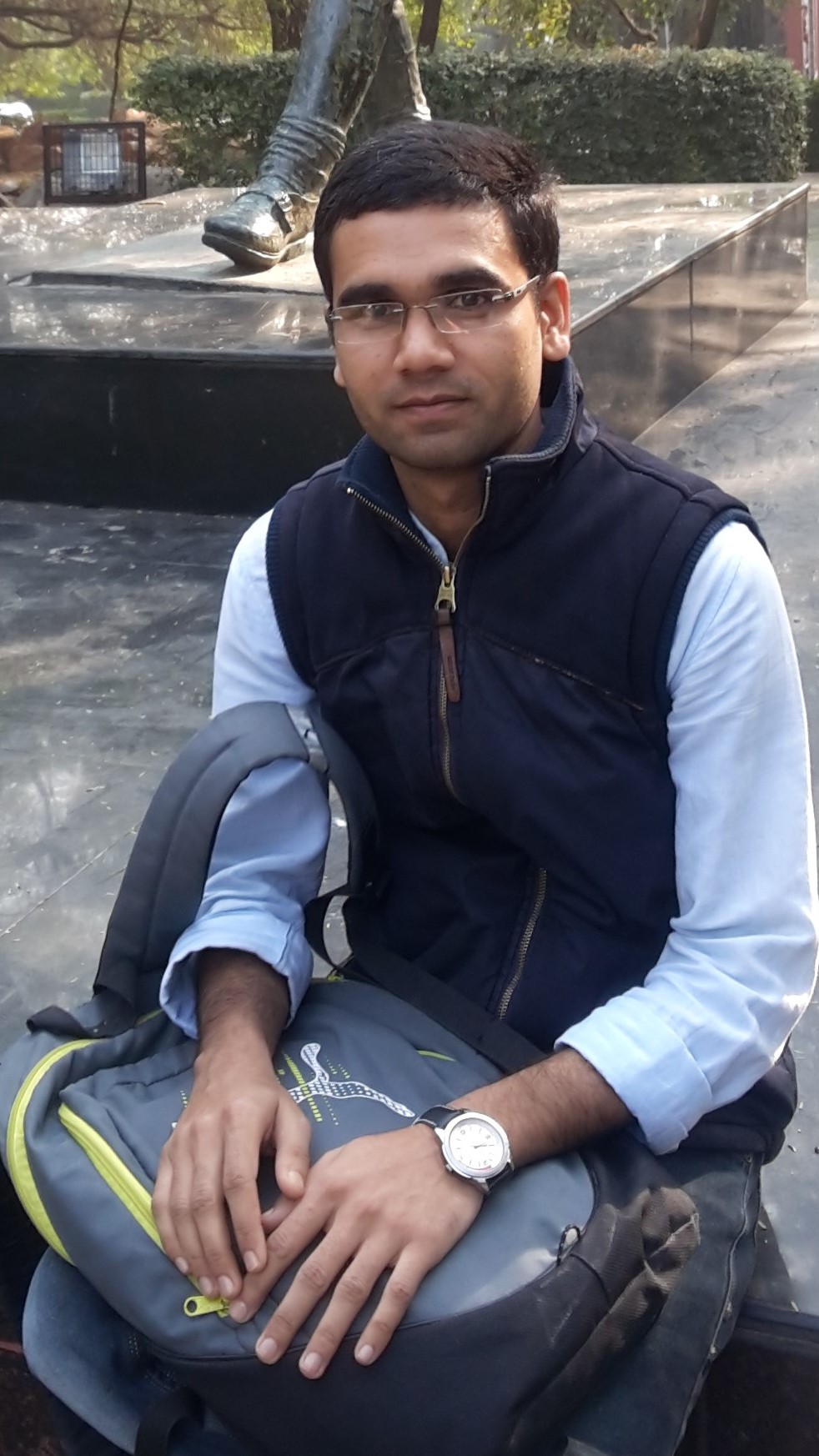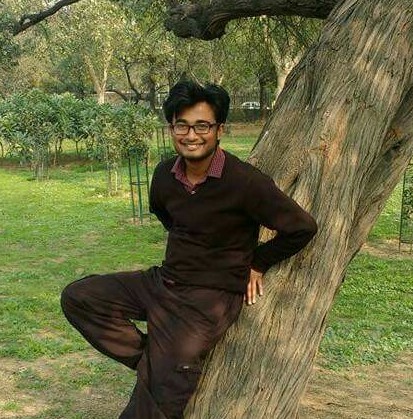Gautam Kumar
 The three words, Justice, Liberty, Equality mentioned in the preamble of the Indian constitution are the essence of our constitution. This is part of the basic structure because these are building blocks of a Welfare State which is the ultimate vision of the founding fathers of our constitution. In these words, the sequence has its own importance. Justice came first, and within that, social, economic, and political justice are sequenced in a particular manner, and social justice has been given prime importance. The goal of social justice can be attained through economic justice and political justice. Political justice is ensured through reservation of seats in parliament, economic justice is ensured through reservation in government sector jobs and some provisions of directive principles of state policy which put some duties on the state to ensure equal wages and to restrict the concentration of wealth. Marx gave an economic interpretation of history in which socio-cultural relations are also influenced by economic interest. Here I analyze some data on how economic inequalities lead to social inequality.
The three words, Justice, Liberty, Equality mentioned in the preamble of the Indian constitution are the essence of our constitution. This is part of the basic structure because these are building blocks of a Welfare State which is the ultimate vision of the founding fathers of our constitution. In these words, the sequence has its own importance. Justice came first, and within that, social, economic, and political justice are sequenced in a particular manner, and social justice has been given prime importance. The goal of social justice can be attained through economic justice and political justice. Political justice is ensured through reservation of seats in parliament, economic justice is ensured through reservation in government sector jobs and some provisions of directive principles of state policy which put some duties on the state to ensure equal wages and to restrict the concentration of wealth. Marx gave an economic interpretation of history in which socio-cultural relations are also influenced by economic interest. Here I analyze some data on how economic inequalities lead to social inequality.
We all know that the Indian economy is dominated by the informal sector. Approx 81% of the Indian labor force is working in the informal sector, the formal sector is a mere 6.5% of which government sector is less than 2%.1 Research by Prof. Sukhadeo Thorat and others show that enterprises owned by higher castes employed about 86% of total workers in private sector enterprises located in the rural area. The urban sector also shows a similar trend which means that lower castes have a lower share in private enterprises relative to their share in population on the other hand share of higher castes in private sector enterprises is much higher than their relative share in population.2
Data on wealth distribution shows that rich 10% population own 45% wealth in the 1980s which reaches 68% in 2012. In the 2019 Forbes list of billionaires, in India, there was not a single member from SC, ST community in top 50 billionaires. On the basis of the social structure of India, we know that mostly higher castes come in top deciles of rich population. This concentration of wealth shows that the share of higher castes is rising and share of lower castes is falling which further leads to perpetuating social inequality. The consumption share of the top 10% population also rises from 25% to 35 %. IHDS data shows that 50% of the Brahmin, 31% of Rajputs, 44% of Bania and 57% of Kayasth fall in richest category. For other caste groups, only 5% ST, 10% SC,16% OBC, 17% Muslims fall in richest category. IHDS Data on the annual average income of household shows that Forward caste has 1.4 times more average income, on the other hand, the annual income of ST and SC group stands at 0.7 times and 0.8 times lower than the all-India average income.3
The planning commission in a report (2008) recognises the inequality of assets among higher castes and lower castes. In the present regime, if we assume that government schemes such as Mudra scheme, Stand up India scheme, etc., can provide a platform to SC, ST and other marginalised communities, we have to recognise the fact that other policies of the government such as forced formalization and merger etc., have a negative impact on them. On the other hand, it is the nature of the market that large firms acquire small firms or potential competitors as we saw in the case of Flipkart and other start-ups. Thus, with the present unequal distribution of physical capital and social capital, privatization will enhance economic inequality between higher castes and lower castes.
These data show that the private sector, which in theory works on the principle of competition, is discriminatory because the social structure in India determines the share of various communities in the market. The government sector is the only sector in India which works on the principle of equal opportunity because of constitutional obligations. Affirmative action policies in the government sector play an important role in the upliftment of the marginalised communities in India. The government sector has created a nascent middle class among marginalised communities which is now exploring new career options in the market, professional industries, etc.
In the last decade, the gross enrolment rate in primary education crossed 90 percent mark. Thus, a large number of marginalised communities are entering into secondary and tertiary education. But the present trend of rising privatization of education, contractual or ad-hoc jobs, shrinking government sector jobs, etc., are policy measures to scuttle the social and economic mobility of lower castes. Data on wealth distribution and the Gini coefficient shows that inequality is rising in India and the rich are getting richer and poorer sections are getting poorer. Which means that economic inequality among the forward castes and SC, ST, OBCs are rising at a faster rate. In this digital age, the economy is driven more by technology and professional education which is dominated by the English language. Upper castes are shifting towards private education for example. Private schools and private universities are beyond the reach of the majority of SC, STs, on the other hand, government sector education system is not showing any qualitative improvement to match the competition posed by the private sector. In the end, privatization will increase the economic inequality among the social groups and eliminate weaker sections of society because market works on the principle of competition and competition come through ‘merit’ which comes through resources but the resources are concentrated in hands of upper castes. Thus rising privatization will perpetuate social and economic inequality among castes in India.
~
Notes
1. https://thewire.in/labour/nearly-81-of-the-employed-in-india-are-in-the-informal-sector-ilo
2 Thorat, S., Newman, K (2012). blocked by caste. New Delhi: oxford university press.
3. Bharti, N (2018). Wealth inequality-class and caste in India. Paris school of economics.
~~~
Gautam Kumar is from Rajasthan, and he is a PhD student in the Center for Informal Sector and Labor Studies, JNU. He is associated with Bapsa as an activist.










